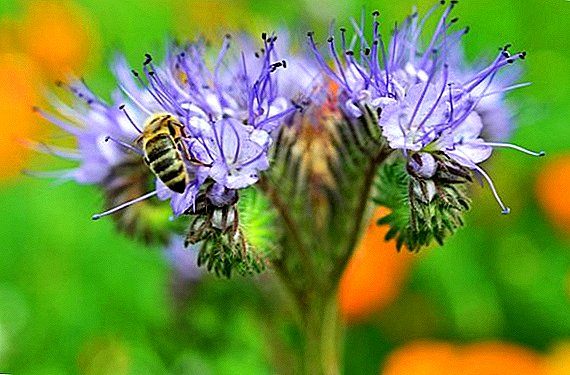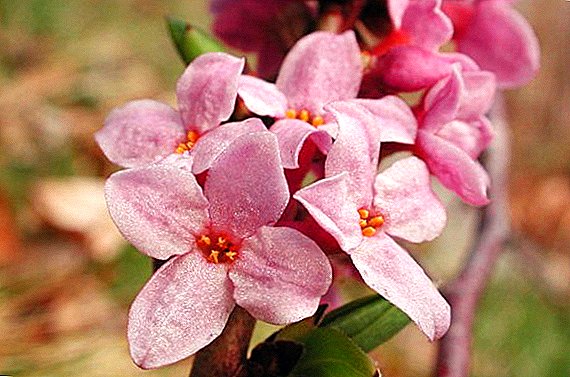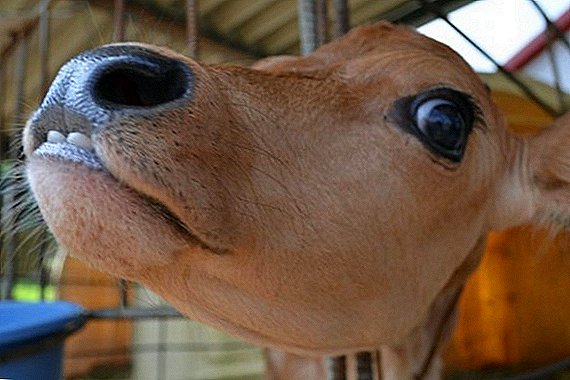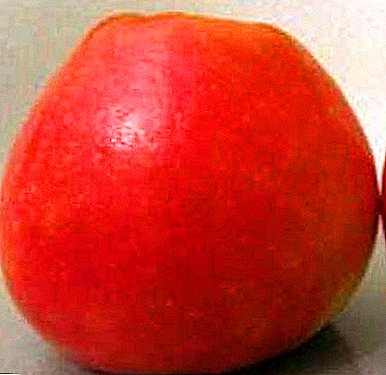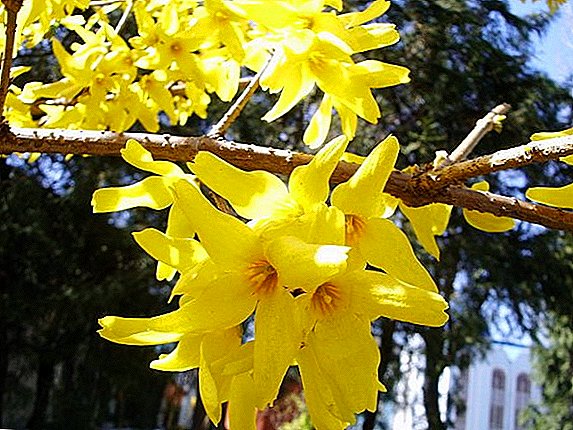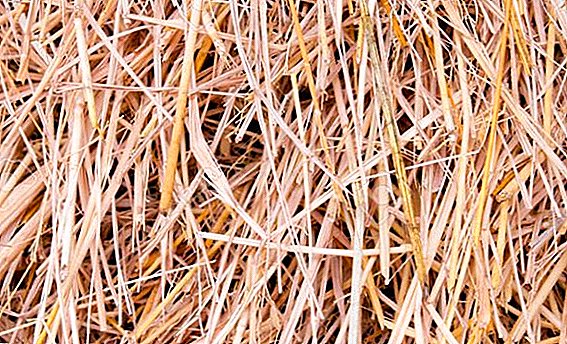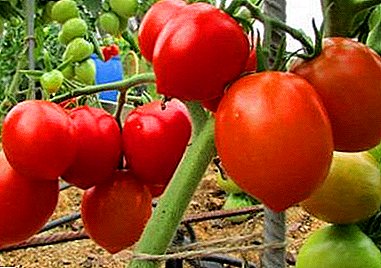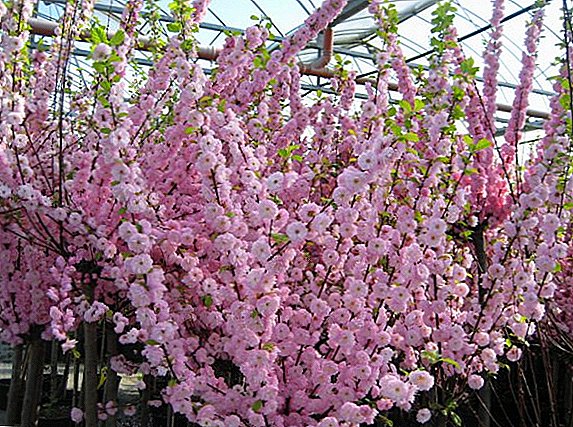 Almond is a tree or shrub of the genus of plums. The homeland of the plant is considered the Mediterranean and Central Asia. Nowadays it is cultivated in China, the USA, in the Crimea and the Caucasus, in Russia, Slovakia and the Czech Republic, in Moravia.
Almond is a tree or shrub of the genus of plums. The homeland of the plant is considered the Mediterranean and Central Asia. Nowadays it is cultivated in China, the USA, in the Crimea and the Caucasus, in Russia, Slovakia and the Czech Republic, in Moravia.
Almond ordinary
 Almond ordinary is divided into two subspecies: wild almonds (bitter) and almonds are sweet.
Almond ordinary is divided into two subspecies: wild almonds (bitter) and almonds are sweet.
Wild almonds contain prussic acid in the kernels, so it is grown exclusively for medicinal purposes.
For eating grown almonds are sweet.
There are varieties of almond, which grow by a shrub; there are varieties that grow with a tree. This species grows to six meters in height.
The bark on the trunk of almond has a brown tint, on branches with a gray tint, in young stems is reddish. The leaves are narrow, with a long petiole and a sharp tip, along the edge of the leaf plate - teeth. The shape of the leaves is an elongated oval.
Almonds, depending on the variety, bloom from February to April, which is interesting - before the leaves bloom. He has large white or light pink flowers growing singly.
The fruits of the plant ripen in June - July. The drupes are trimmed with a pile of gray or green color, the seed is a nut in a thin shell. The shape of the bone is similar to the nail: on the one hand - rounded, on the other - smoothly pointed. Nuts are large, up to 2 cm long.
Did you know? In ancient Egypt, the healing properties of almonds used to maintain the body of pregnant women. The fruits of the plant were served on the table of important dignitaries and pharaohs.
Almond low (steppe, cobbler)
 Low almond almond grows up to one and a half meters high. This species is a deciduous shrub. It has a dense crown, forming a ball, with thick straight branches. The bark is gray with a reddish tinge. Leaves dense, fleshy, oblong, lanceolate forms. Leaf length up to 6 cm, color - dark green on the top plate and lighter on the bottom.
Low almond almond grows up to one and a half meters high. This species is a deciduous shrub. It has a dense crown, forming a ball, with thick straight branches. The bark is gray with a reddish tinge. Leaves dense, fleshy, oblong, lanceolate forms. Leaf length up to 6 cm, color - dark green on the top plate and lighter on the bottom.
At bobovnika lush, but short flowering. Almond blossoms low in late March - early April. Small buds of burgundy hue are located on sessile short shoots. Blooming flowers in diameter up to 3 cm, rich pink color with a bitter aroma.
This type of almond is dissolved simultaneously with the leaves. Flowering lasts less than two weeks. Dried fruit in the shape of an egg up to 2 cm long, flattened and pubescent. Fruit ripening occurs in July. The seed is dense, with longitudinal stripes, edible. This species is represented by varieties with white and pink flowers.
White Sail
Almond bush White Sail - This is an almond tree blooming in snow-white color. The flowers on the shrub bloom a lot, it is literally strewn with them. The diameter of the flowers is about 10 mm. "White sail" for a long time can do without irrigation: this southern plant is resistant to drought. 
"Annie"
"Annie" blooms in early April, covering the crown with bright pink flowers up to 2.5 cm in diameter. Fruit ripening begins at the beginning of autumn, towards the end of September. Nuts are large - up to 6 cm in length, a seed with a delicate aroma and a pleasant sweetish taste. 
"Dream"
Almond bush "Dream" likes to grow in open areas, lit most of the day in direct sunlight. Feels good in the penumbra. The plant is afraid of drafts and sudden changes in temperature. "Dream" blooms with delicate pink flowers just over 2 cm in diameter. 
"Pink flamingo"
"Pink flamingo" - This is an early variety of low leaves, it blooms almost a week earlier than other varieties. The flowering plants terry, small, up to a centimeter in diameter, pink flowers. This variety is often used in landscape design, also beauticians love it. 
Important! Bitter almond nuts, due to their toxicity, can cause human death. A child under twelve years old needs only to eat ten seeds, and an adult about fifty.
"Pink Mist"
Sort "Pink Mist" longer bloom in the shade, and more magnificently in full sunlight. This variety has large, up to 2.5 cm in diameter, bright pink flowers. 
Almond Georgian
Almond Georgian - view with a limited area of distribution, it grows in the Caucasus. It grows a bush, similar in appearance to bauber. The species has few branches, but many root processes. 
Leaves, depending on the variety, can be wide and oblong, up to 8 cm in length. Large flowers, mostly pink, bloom in May. The variety does not bear fruit abundantly, fruits are pubescent, green with a gray tint.
This almond is frost-resistant, drought-resistant and undemanding to the ground. These qualities make the plant valuable in terms of breeding. In addition to the above characteristics, the plant is resistant to diseases and pests. With good and proper care retains decorative characteristics up to thirty years.
Interesting! During flowering almonds fascinates with its exquisite defenseless beauty. Its color was sung by poets, writers, and artists. The blooming views of the almond were struck by Garsevan Cholokashvili, Frida Polak, Konstantin Paustovsky. Almond blossoms inspired Vincent Van Gogh to paint a picture with the same name.
Almond Ledebura
Distribution area Almond Ledebour - Altai. It grows in the foothills, meadows and steppes. The plant prefers moderate soil moisture, well pollinated by insects. 
Almond Ledebura frost-resistant, light-loving and blooming. In nature, the almond of this species forms whole thickets of bushes with large dark green leaves.
The plant blooms before other types of pink flowers, flowering lasts up to three weeks. Almond Ledebour fruits from the age of ten. The most popular variety is Fire Hill with reddish flowers up to 3 cm in diameter.
Almond Petunnikova
Almond Petunnikova - low shrub, not more than a meter. Area of distribution - Central Asia. More often erect branches form a dense crown in the shape of a ball. Bark branches painted gray with a brown tint or yellowish tinge. 
Leaves with smooth notches on the edge, lanceolate form and a sharp tip. Flowering begins at the age of three, in the month of May. Almond blossoms in pink, bloom lasts two weeks. At the age of five almonds begin to bear fruit. Fruits are small, pubescent, orange or yellow-brown in color.
Almond three-blade
 Almond three-blade - This is a tall shrub with a wide and spreading crown.
Almond three-blade - This is a tall shrub with a wide and spreading crown.
The name of the almond is derived from the shape of the leaves, forming three lobes-plates.
The leaves are covered with a pile on the underside of the leaf plate, fringed at the edge with teeth. Flowers of different shades and diameter, arranged in pairs on the shoot.
There are two decorative subspecies:
- "Captivity" - with double flowers, large - up to 4 cm in diameter. Pink petals bloom after the leaves. The shrub grows up to 3 m in height;
- "Kiev" - up to 3.5 m tall, lush flowering. Pink flowers bloom before the leaves, the flowers are large, terry.
"Svitlana"
"Svitlana" - variety bred by Ukrainian breeders. The variety is frost resistant, unpretentious. Flowers in "Svitlana" very pale shade. Blooms profusely, even with minimal care.
"Tanya"
"Tanya" - Almonds with double large flowers with a diameter of up to 3.5 cm. Blossoming petals seem to be twisted. The variety is frost resistant, does not die at -25 ° C. Only long thaws and the lack of snow cover can pose a threat. At the same time almond buds die.

"In memory of Makhmet"
"In memory of Makhmet" - The variety blooms before the leaves bloom. He has double flowers of creamy pink color. Flowering lasts about two weeks. In the landscape often plant bulbous plants next to it.
"Chinese"
"Chinese" - a variety with pale pink flowers, not terry. "Chinese woman" feels great in city parks, gardens and alleys.
Attention! Three-lobed almonds are susceptible to "monilia" (fungus), this disease affects young weak shoots. For prophylaxis, an annual pruning is conducted after the flowering period.
"Snow Wimura"
"Snow Wimura" - Almond three-blade terry. Large flowers of pale pink color by the end of flowering, change color to cream. The plant feels best in open areas among coniferous ornamental shrubs and trees. 
"Ruslana"
"Ruslana" - hybrid variety, changing shade. At the beginning of flowering, cream-colored petals turn white.
Almond is a popular and healthy plant. Its fruits are used not only in medicine and cosmetology, almond nuts help with the passage of medicinal or weight-reducing diets.
Almonds are also popular in cooking, and many delicious airy cakes, cakes, mousses, creams and other desserts are created on its basis. Almonds are widely used in the manufacture of alcohol. Flowering almond bushes adorn parks, gardens and alleys.


